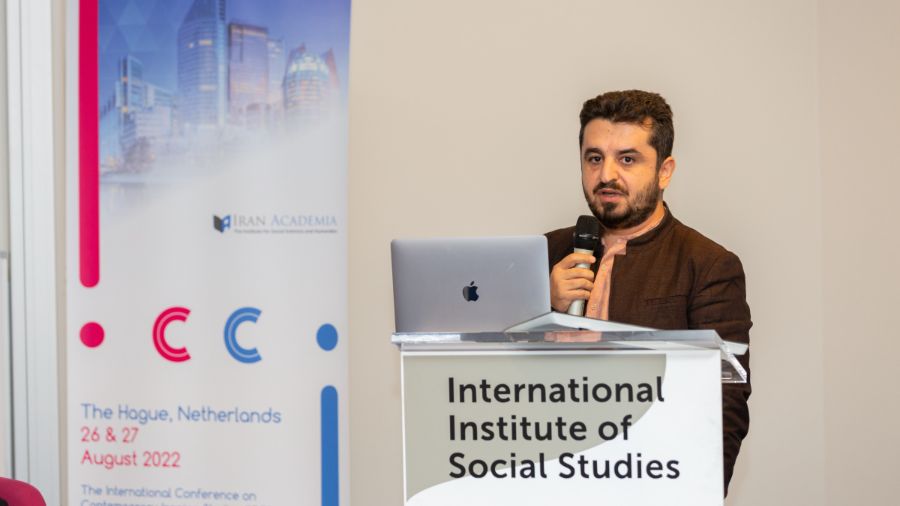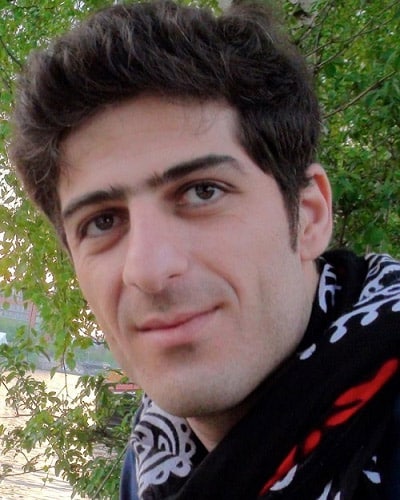The history of traditional education in Kurdistan, which is intertwined with religious education as in many other regions of the world, dates back to the time when Islam as a religion entered this region, the first teaching rooms were established in mosques, and the first clergy began their work. However, contemporary education in the countries where Kurds reside has occurred along with modernization in each of these nations. In general, the experience of education in Kurdistan, Turkey, and Iran parallel the experience of top-down management in these two newly constituted nation-states. In Kurdistan, traditional education has always existed in parallel with contemporary state education, and in more recent times, as an alternative to it. This experience peaked in Iranian Kurdistan during the 1979 revolution, and in Syrian Kurdistan during and after the defeat of ISIS and the formation of democratic self-government. What educational structures exist in Kurdish communities? How and in what sequence did traditional education and cell education form the basis of Kurdistan’s educational system? What are the characteristics of temporary education after the 1979 Kurdistan revolution and the experience of educational institutions in the core of democratic institutions, and why is it a turning moment in the history of education and liberating education in Iranian Kurdistan? Is it conceivable to classify the educational experience at the institutions of the Rojava confederation and northeastern Syria as liberating education? What part of history and particular political economy is liberating education related to, and what type of education is liberating?
This speech is part of the following panel:
Speech of Kaveh Ghoreishi




